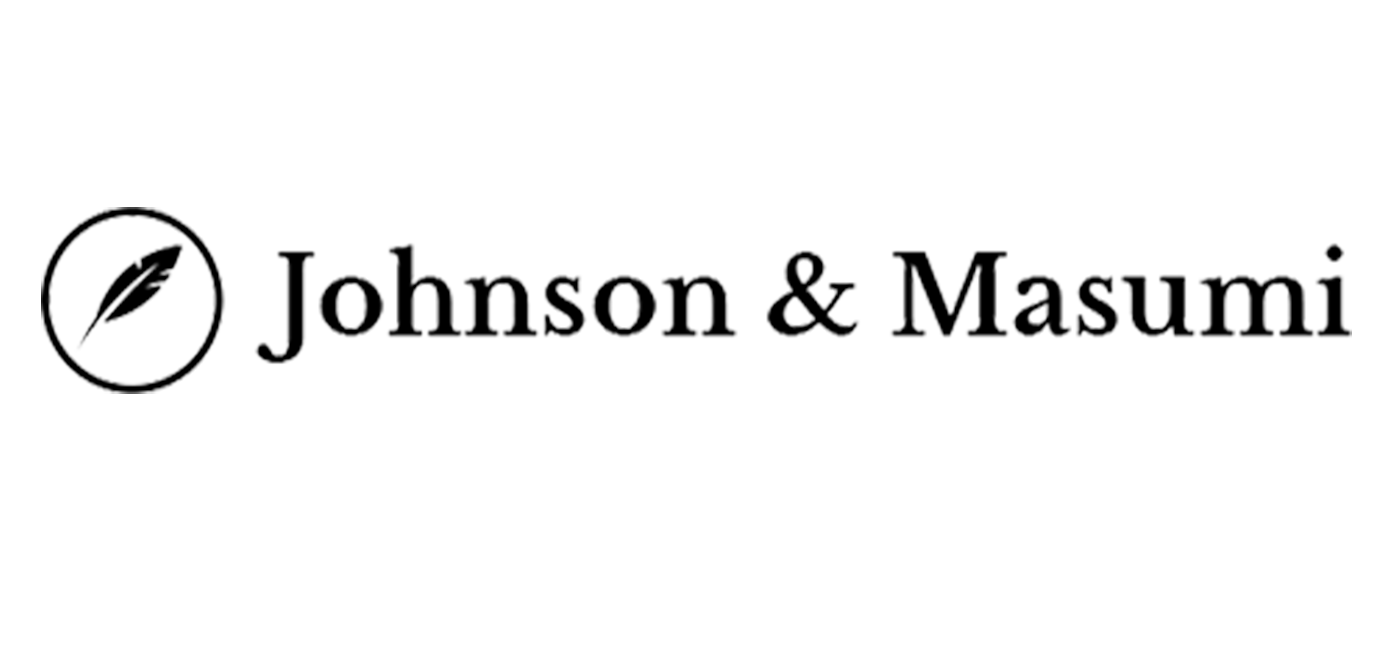Visitor Visa Attorney
Travelers entering the U.S. for business or vacation must generally obtain a visitor visa before their trip. There are two types of visitor visas, and each one is designed for a different purpose and comes with different restrictions. It is, therefore, important to understand the differences between each and apply for the correct visa, as failing to do so could result in a rejected application and canceled travel plans. This page provides information about the types of visas available, the application process, and other important notes about receiving a B-1 or B-2 visa to enter the U.S.
Limitations and Restrictions
There are several limitations to B visas that applicants should keep in mind. These visitor visas cannot be used by people visiting the U.S. to study, get a permanent job, participate in paid performances, work on aircraft, or establish permanent residence, among other restrictions. They can be used solely for travel undertaken for recreation, medical treatment, or business. Business travelers must be paid only by their employer while they are in the U.S. in a professional capacity and cannot be paid by any U.S.-based entity during their stay.
It is not guaranteed that travelers will receive a visa or be admitted into the U.S. after receiving a visa. They may be refused travel due to natural disasters or illness, such as an outbreak in their home country. Travelers may also be refused entry due to missing paperwork, particularly if they have requested an extension to their visa. It may be best to refrain from buying non-refundable plane tickets, tours, and other purchases until the visa has been approved and received.
Application Process
Applicants for either visa will need the proper documentation for the process. These documents include a passport valid for six months beyond the intended visit to the U.S., various applications and paperwork, an application fee, and a recent photograph. Applicants may also be required to provide documentation supporting their reason for the trip, financial status, and intentions to return to their home country. Business travelers seeking a B-1 visa may also be asked to demonstrate why their work benefits their company in the form of a letter from another employee.
The application process generally includes interviews for applicants between 13 and 79 years old. These interviews are held at the U.S. consulate to get more information about a traveler’s reasons for visiting the U.S. and their intention to leave after the trip is completed. Applicants should bring their passport, application papers or confirmation that they were submitted electronically, and documents supporting their ability to pay for the trip, the length of the trip, and an itinerary showing the places they intend to visit and the length of time they intend to be in each place. This documentation helps consular officials feel confident that the applicant does not intend to stay in the U.S. permanently or otherwise violate the terms of their visa.







